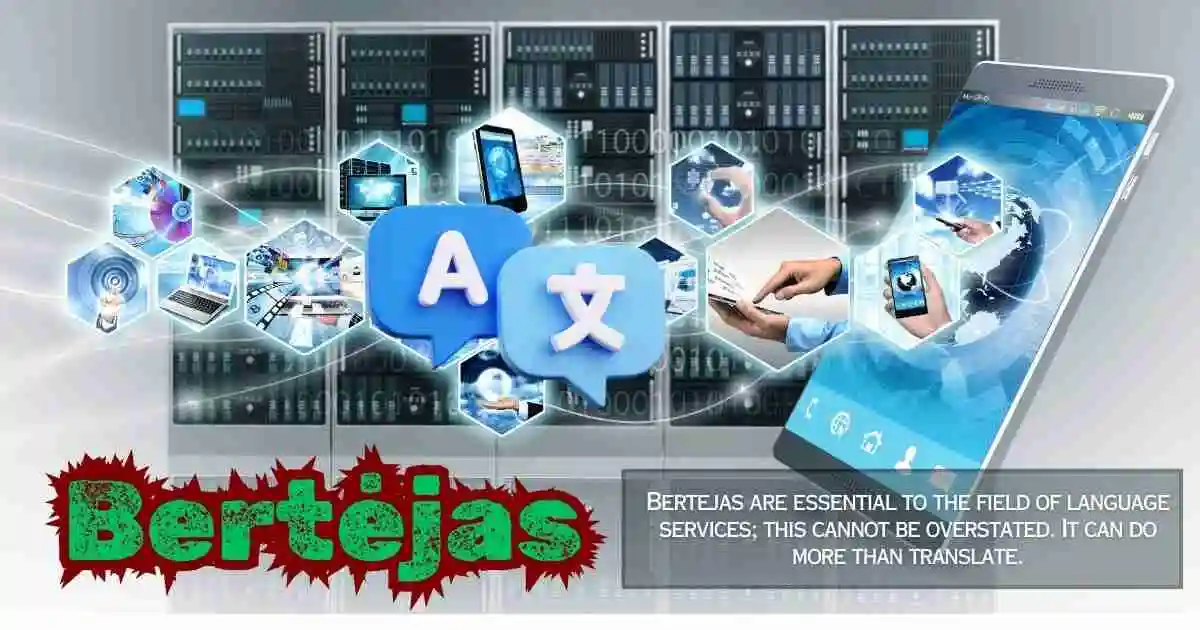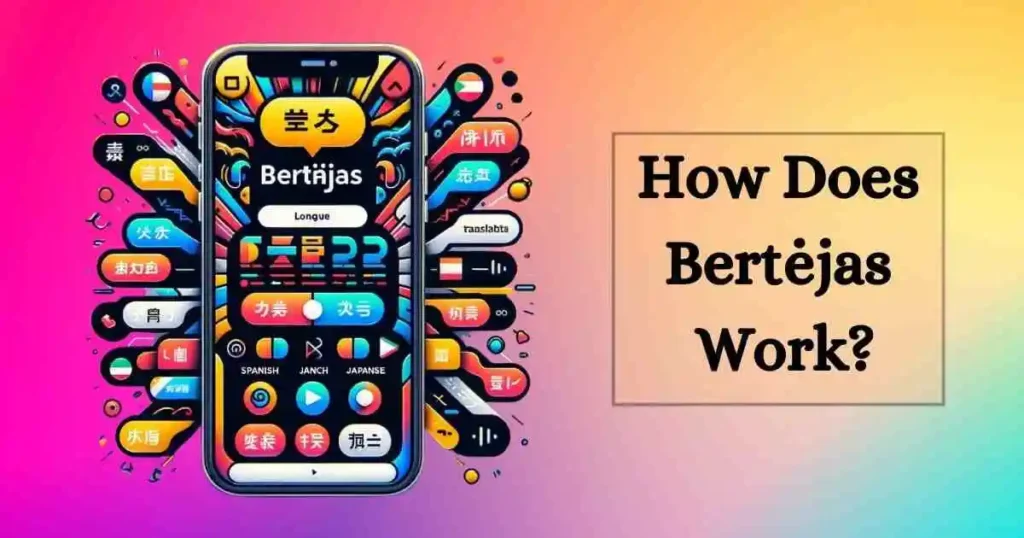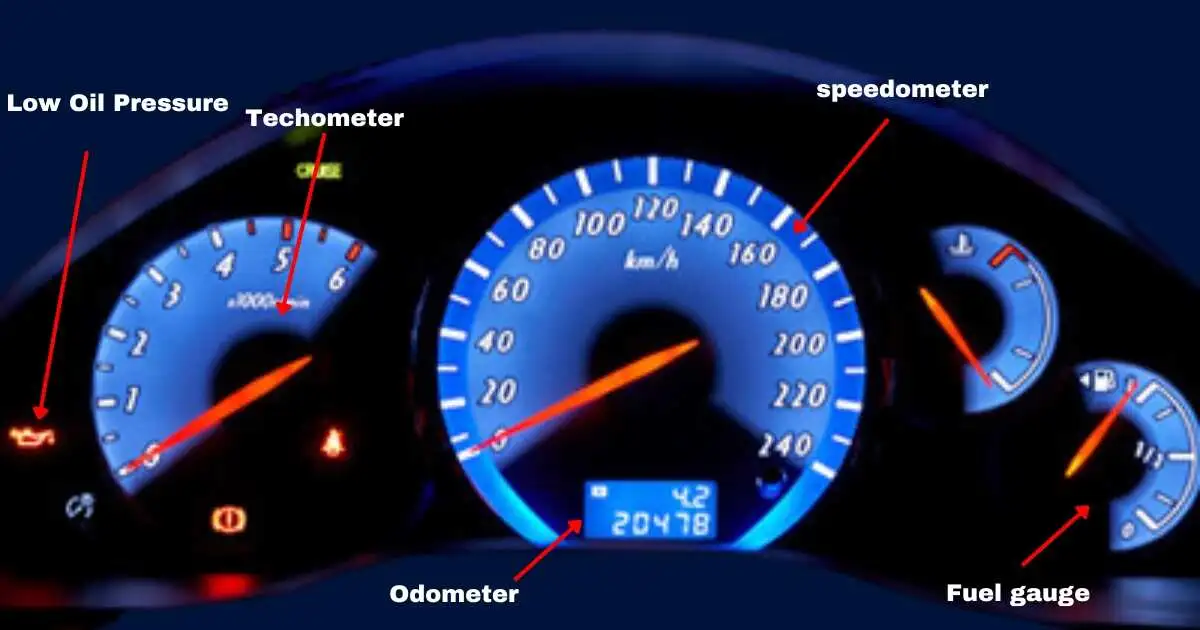Unveiling Bertėjas: A Simple Guide to the Future of Language Translation

“Translator” is the English translation of the Lithuanian phrase “bertėjas.” It’s not only a language translation tool, though. This revolutionary force has completely transformed how we see and handle language translation.
Bertejas are essential to the field of language services; this cannot be overstated. It can do more than translate. It can handle multilingual circumstances and enhance communication amongst speakers of many languages. The phrase bertėjas is typically associated with heroism, signifying fortitude and defiance, in Lithuanian mythology and historical accounts. This cultural importance adds another level of complexity to the comprehension of bertėjas.
What is Bertėjas?
Bertėjas is a word from Lithuania, and it means translator. But it’s not just about translating words. It is fueled by cutting-edge technology that understands and translates text in real time—no matter how intricate the context is. Because of this, Bertėjas is very popular with a wide range of people, such as language learners, content creators, and people who work in the translation business.
Key Features of Prekladača
- Multilingual Support: Prekladača offers support for a wide range of languages, allowing users to translate text between numerous global languages with ease.
- User-Friendly Interface: The tool is designed with a simple and intuitive interface, making it easy for anyone to use, regardless of technical expertise.
- Real-Time Translation: Prekladača provides instant translation results, allowing users to translate text on the go without delays.
- Contextual Translation: The tool offers contextual translations, ensuring that phrases and sentences are translated in a way that makes sense within the context.
- Voice Input & Output: Prekladača supports voice input, allowing users to speak the text they want to translate. It also provides voice output, so users can hear the translated text spoken aloud.
- Text-to-Speech: This feature allows users to listen to the pronunciation of translated text, which is particularly helpful for language learners.
- Cross-Platform Compatibility: Prekladača is accessible on multiple platforms, including web browsers, mobile devices, and desktop applications, providing flexibility in use.
- Offline Mode: The tool offers offline translation capabilities, enabling users to translate text without an internet connection.
- Document Translation: Prekladača can translate entire documents, making it useful for translating official papers, articles, and other written content.
- Secure & Private: The tool ensures that user data and translations are kept secure and private, adhering to strict privacy policies.
These features make Prekladača a versatile and powerful translation tool for both casual users and professionals.
Unraveling the Power of Neural Machine Translation
Neural machine translation (NMT) is the latest and most advanced approach to machine translation. Bertėjas, employing NMT, surpasses its predecessors by learning from vast amounts of data and generating human-like translations that are contextually rich.
A Catalyst for Cross-Cultural Communication and Understanding
BertĖjas isn’t just another translation; it helps people from different cultures talk to each other directly. The world is better when it’s easier for people of all languages to speak about their feelings, thoughts, and knowledge.
Understanding Bertėjas

There is a fascinating word called Bertėjas that has deep roots and significant effects on the future of translating languages. Some essential facts about Bertėjas are listed below:
Definition and History of Bertėjas
In Lithuanian, “bertėja” means “translator.” This word was created in 2020 by a focused group of researchers working on a project. AI-powered tools were ultimately made to change how we use and connect with languages during this project.
Transformation of Translation Software and Tools
We first heard of “Bertejas” when people were trying to use machines to translate in the middle of the 20th century. Eventually, these efforts became more complex tools and technologies, like “Bertėjas,” which use advanced machine learning techniques to make translations more accurate and real-time.
How Does “bertėjas” Work?

That’s an excellent way to learn a language. There are many languages that it can understand and translate.
How it works:
- Many sources, like texts, books, and web pages, help “Bertėjas” learn.
- It learns with the help of a deep neural network.
- “Bertėjas” can learn all the little things about a language with the help of this network.
- “Bertėjas” does more than translate words. It also checks to see if the new language version makes sense.
- It does high-quality translations with the help of powerful artificial intelligence (AI) and machine learning.
- “Bertėjas” is software that uses AI and machine learning to translate languages.
Why Bertėjas Is Different
One thing that makes Bertėjas stand out from other translation tools is that it has a few key features that make translation jobs more accessible and accurate.
Precision and Depth in Translation
In addition to translating terms for words, Bertėjas ensures that the translated text keeps the same meaning, tone, and context as the original. This level of accuracy is beneficial when working with complex information and specialized language.
Automating Translation Workflow
By streamlining the translation process, Bertėjas makes it easier for human translators to do more critical Work, like editing and localization. The outcome is a more efficient translation process that saves money.
Scalability and Consistency
Scalability is the most essential thing for enterprise-level translation tasks. Bertėjas does exact, high-quality translations on a scale that has never been seen before. This is necessary to keep the brand and message uniform across all languages.
Types of “bertėjas”
“Bertėjas” is a unique tool that helps people understand and translate different languages. Here are some types of “bertėjas”:
- Software Program: This type of “bertėjas” uses innovative computer programs to understand and translate languages.
- Deep Learning Tool: Some “bertėjas” use a unique way of learning called deep learning. This helps them understand the small details of a language.
- Language Services Tool: Some “bertėjas” are used for things like translating documents or helping people learn new languages.
- BERT-Based Model: This type of “bertėjas” is based on a particular BERT model. It’s very good at understanding how words in a sentence relate.
- Natural Language Processing Tool: This type of “bertejas” uses unique Natural Language Processing (NLP) technology. It helps machines understand human language.
- Machine Learning Model: Some “bertėjas” use machine learning, a type of artificial intelligence that allows them to learn and improve from experience.
- Translation API: This kind of “bertėjas” provides developers with the tools to integrate translation capabilities into their software applications.
- Language Learning Assistant: Some “bertėjas” can be used as assistants for language learners, providing translations and helping improve language skills.
- Text-to-Speech Translator: This type of “bertėjas” can translate written text into spoken words in another language.
Advantages for Translation Professionals
For the skilled practitioners of the translation craft, Bertėjas presents a bountiful treasure trove of advantages:
Time-Saving in Translation Projects: With the mundane aspects of translation managed by Bertėjas, professionals can devote more time to the intricacies and nuances of language conversion.
Consistency in Terminology: Bertėjas ensures coherence and consistency in terminology usage across large translation projects, an arduous task simplified and executed precisely.
Increased Productivity: Integrating Bertėjas into the translation workflow enhances productivity, enabling professionals to handle more Work with the same high quality and accuracy.
Journey and Evolution of Bertėjas
Bertėjas is a brand-new language translator changing the game with speed and accuracy that can’t be beaten. This new language translator works well, and it’s getting a lot of attention because it uses artificial intelligence (AI), which is very advanced.
Machine translation has been around since the 9th century, but it has changed over the years to include new tools and ways of doing things. Bertėjas is continuing this long past by changing the way language is translated by understanding context and providing accurate and valuable translations.
Applications and Cases of Use
There are many different ways to use Bertejas, and you can use it for personal and business reasons. Hear Bertėjas is helpful in several situations:
- Translation Services by Professionals: Bertėjas gives complete and correct translations, which makes it an essential tool for skilled translators.
- Making content in multiple languages: Bertėjas makes it easy for content makers who want to reach people worldwide to create content in more than one language.
- Changing the language of software and websites: Bertėjas is very important for localizing software and websites so that they are suitable for the people they are meant for in terms of language and culture.
- Talking to People in Other Countries: Bertėjas helps companies talk to each other better in multiple languages so they can do business with people from different countries more successfully.
Future Trends and Developments in Language Translation
Technology has significantly impacted how language translation has changed over time. Some of the trends and possible advances that could change the future of language services and communication are listed below:
Neural Machine Translation (NMT): Google Translate was the first to use NMT in 2016. It has made a big step forward in the field of translating languages. Unlike other translation tools, NMT can understand and translate whole phrases, taking into account the surrounding text to produce more accurate translations.
AI (artificial intelligence): AI is still changing many fields, including language translation. AI can do better and faster readings because it can learn from its mistakes and improve over time.
Understanding and processing natural language (NLP) and sentiment: With these more advanced methods, translation tools can determine how someone feels and what they’re trying to say. This helps make the translations more nuanced and correct for the situation.
Cloud-based Translation: With cloud-based translation tools, people can use translation services whenever and wherever they want. In this way, language translation becomes easier to get and more accessible.
As these technologies keep improving, they could change the area of language translation even more. This would enhance global communication and knowledge by making language services faster and more accurate.
Conclusion
Bertėjas has helped people who don’t speak the same language and made it easier for them to understand and interact with people from other countries. Language learners, content makers, and translators who use Bertėjas will have a better and more helpful language experience. Promoting the study of Bertėjas should be more than just an idea; it should be something you do regularly to change how you see our bilingual world.
FAQs about “Unveiling Bertėj
Q: In what ways does “Bertėjas” vary from other translation tools?
A: “Bertėjas” is a Lithuanian word that means “translator” in English. Compared to standard translation tools, Bertėjas uses cutting-edge technology to understand and translate text in real time, considering context and subtleties.
Q: Regarding communicating across cultures, what does Bertėjas mean?
A: In Bertėjas, language hurdles are removed so that people from different cultures can share their thoughts, feelings, and knowledge. The removal of language hurdles has led to a better understanding between citizens worldwide.
Q: For what reason does Bertėjas work differently from other translation tools?
A: Bertėjas uses powerful artificial intelligence (AI) and machine learning to provide high-quality translations. To make translations that sound natural and take into account context, it learns from vast amounts of data and uses neural machine translation (NMT). Other tools can’t compare to its accuracy, depth of translation, and ability to grow.
Q: How does using Bertėjas help workers who translate?
A: The tools that Bertėjas makes available to translators save them time, make sure they use the exact words and make them more productive. Experts can focus on more critical Work and get more of it done with the same level of quality and accuracy because it handles tedious translation tasks automatically.
Q: What do you think will happen with Bertėjas supporting language translation in the future?
A: Natural language processing (NLP), neural machine translation (NMT), artificial intelligence (AI), and cloud-based translation services are changing the way English is translated. Because of these technologies, there will be more global understanding, which will make language translation faster and more accurate.









